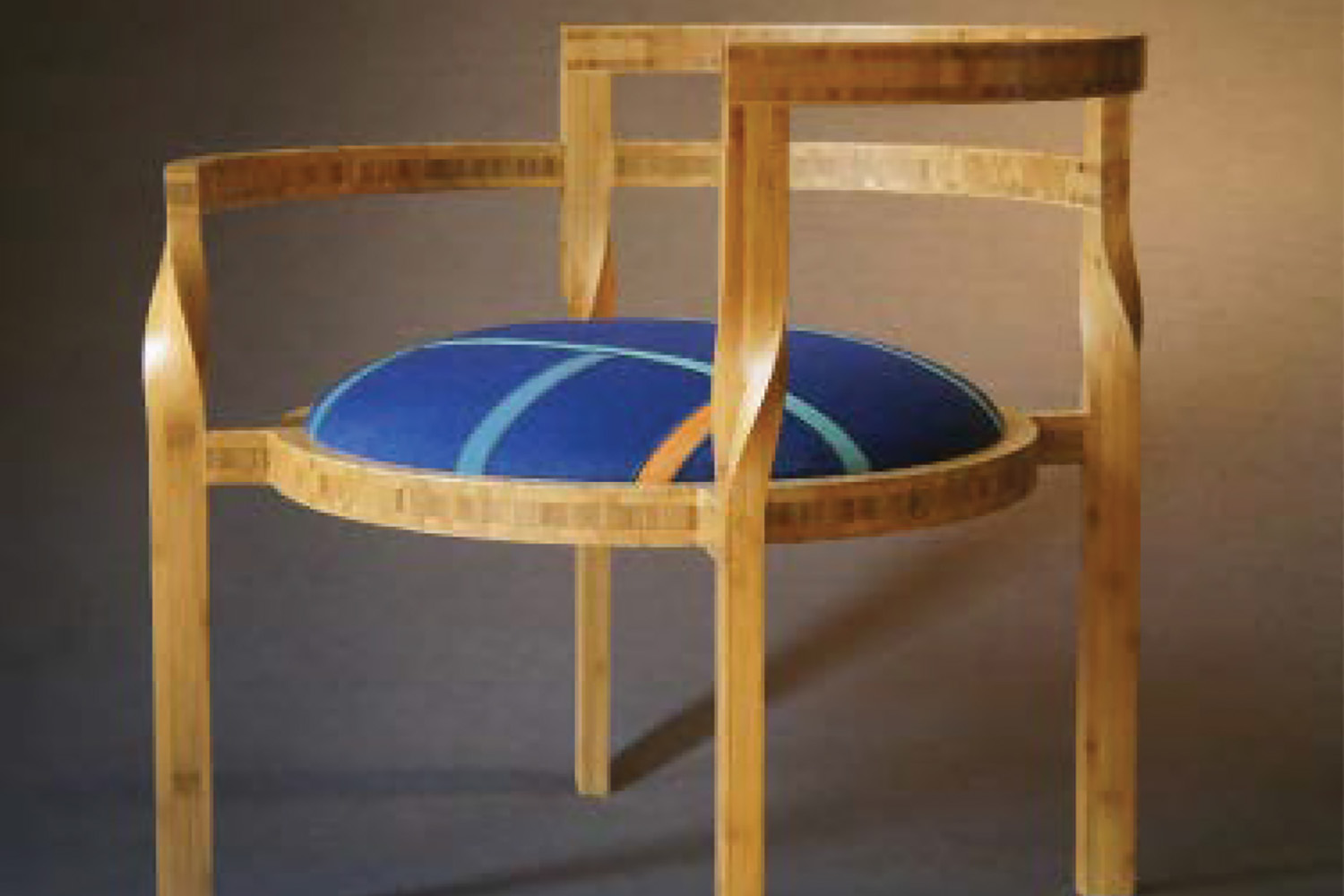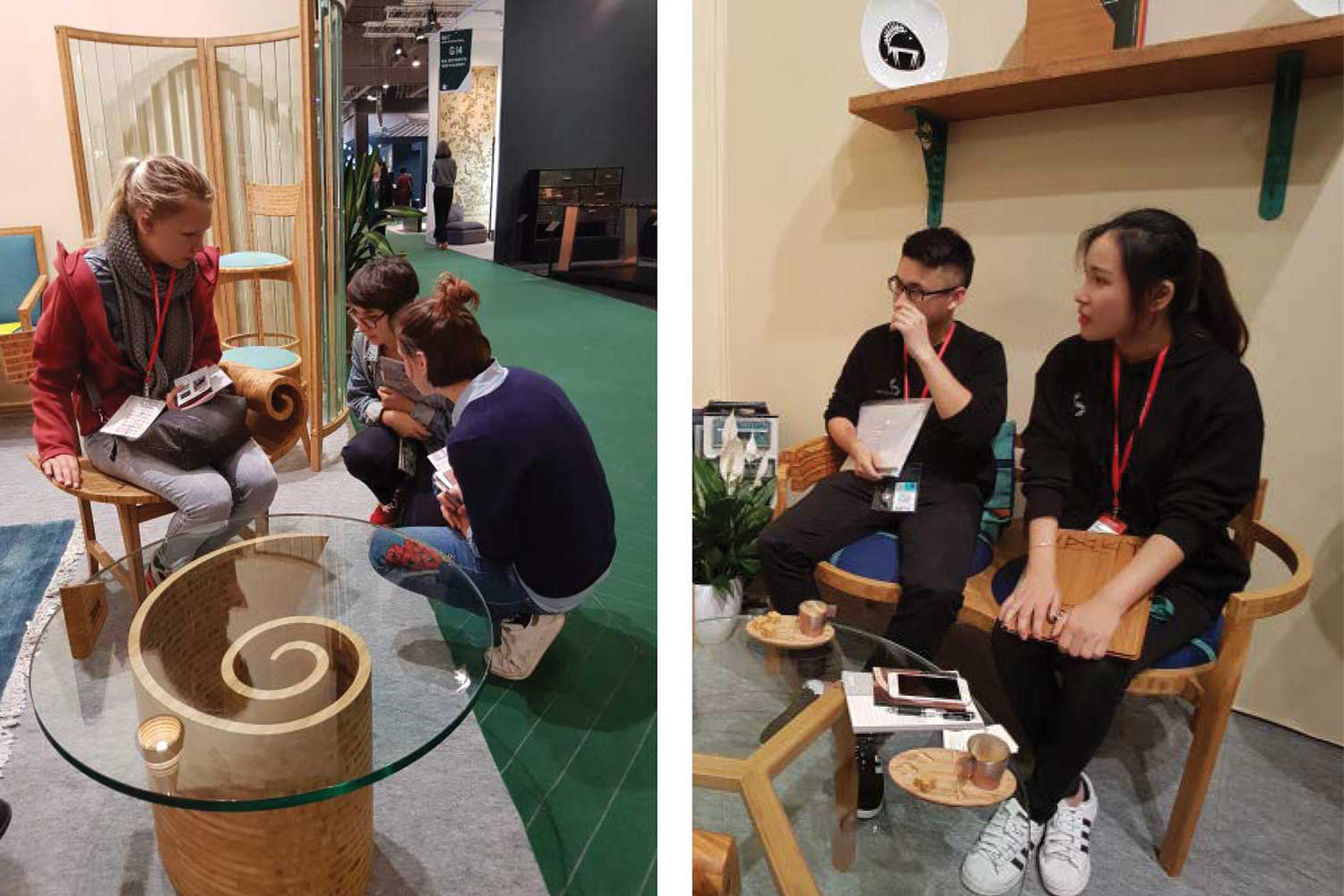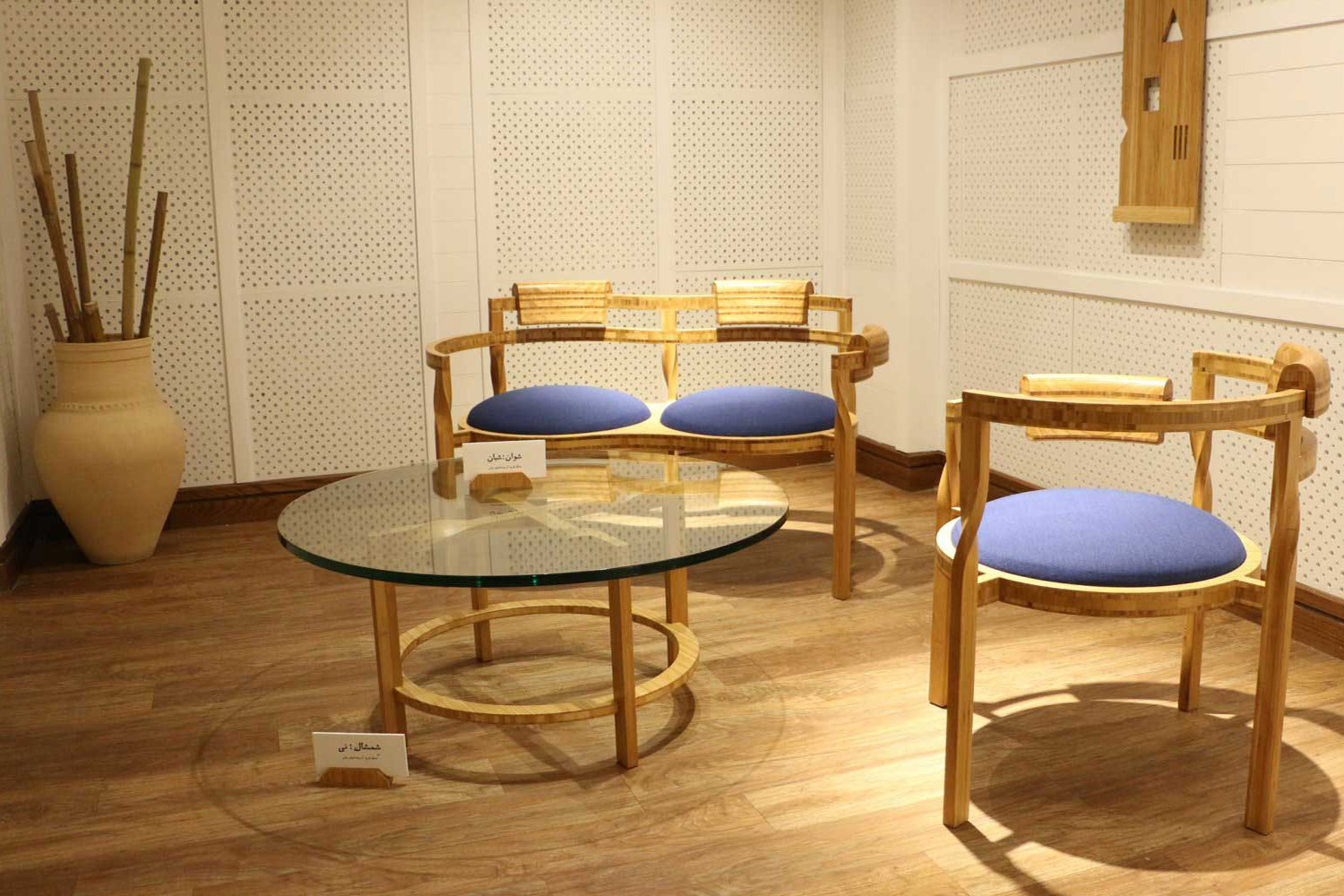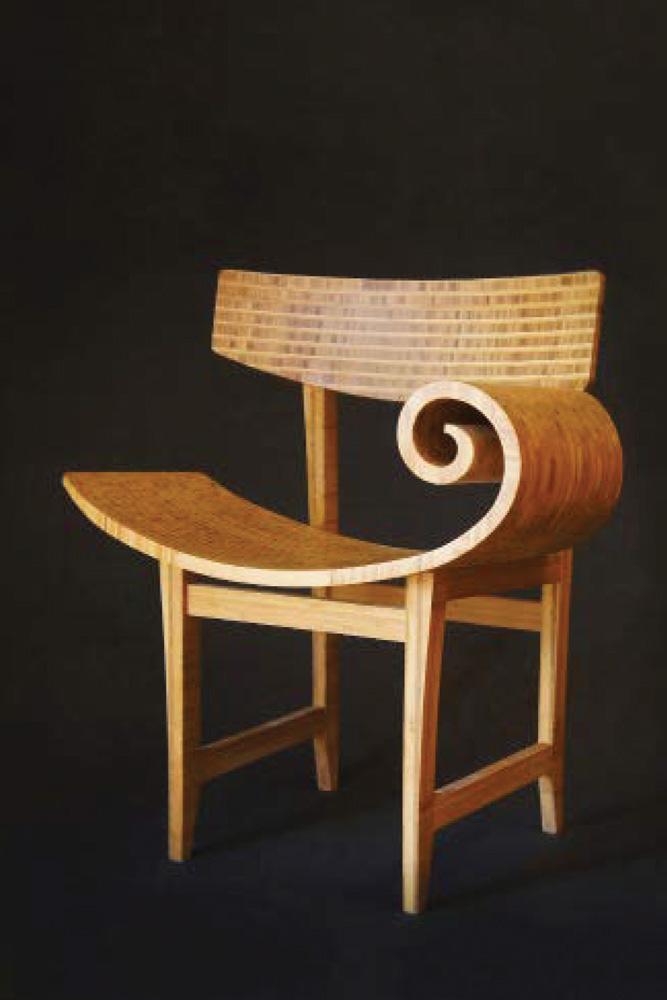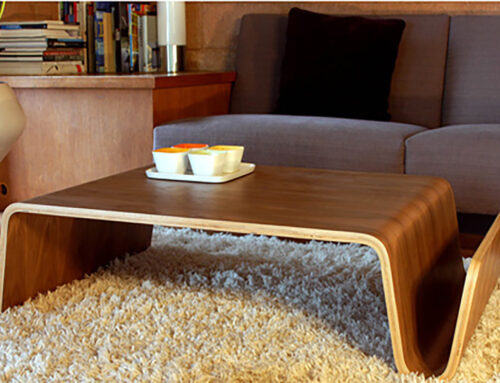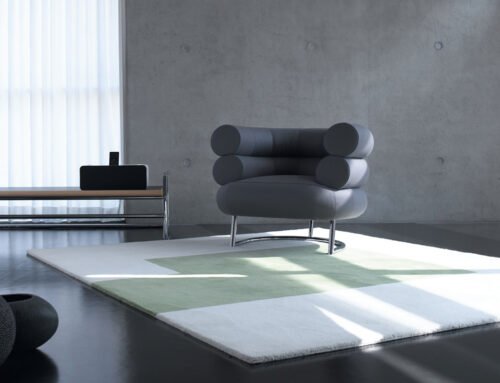صندلی حیران، صندلی شوان اثر بیژن شافعی، ناهید بریانی
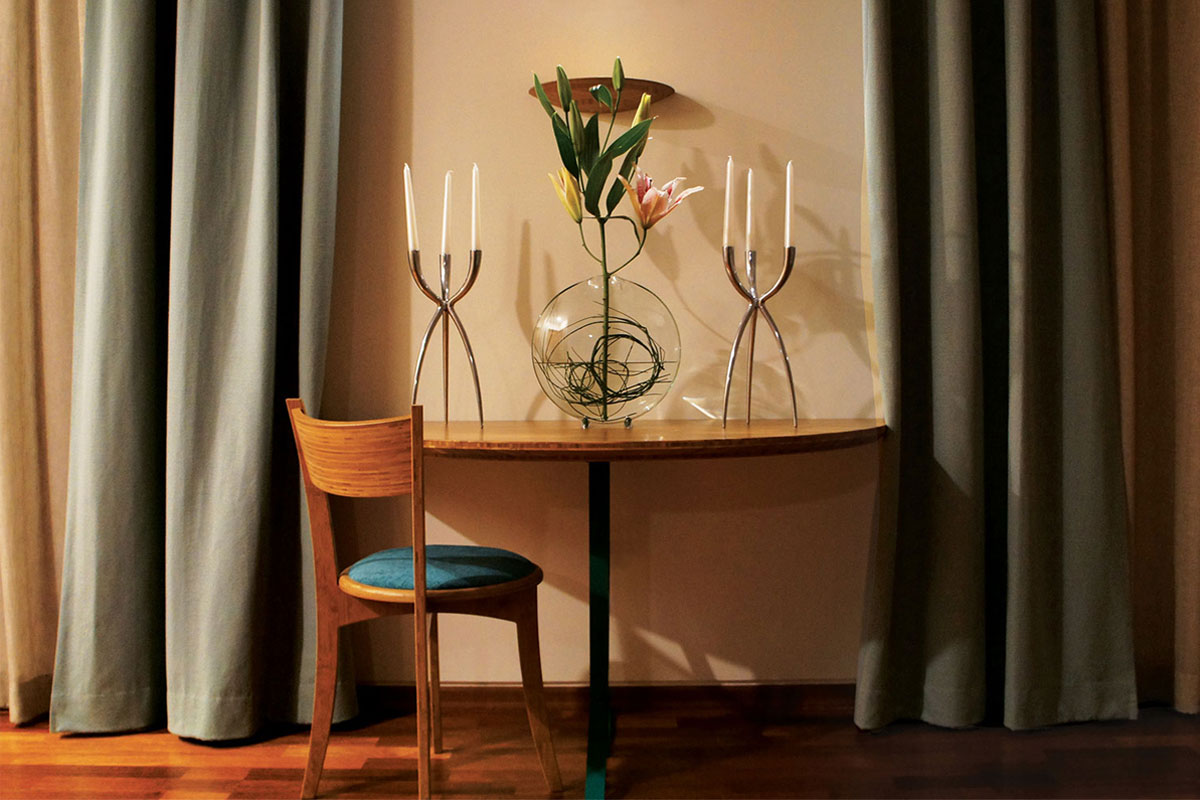
صندلی حیران، صندلی شوان
در تمدنهای کهن ايران، صندلی همواره از جايگاه و مقام ويژهای برخوردار بوده است. شايد گوياترين تصوير آن صحنهی حجاری موجود در موزهی ايران باستان است که داريوش بر صندلی شاهی تکيه زده و پا روی کرسي چوبی دارد. در اين تصوير جزييات کامل صندلی و کرسی قابل مشاهده و مطالعه است. توليد صندلی و مبلمان در عصر تحول و دوران معاصر براساس اسناد و مدارک تصويری به حدود 150 سال پيش باز میگردد. نجاران ارمنی در جلفا از چوب گردو و چنار صندلی، ميز و مبل میساختند.
در ابتدای قرن حاضر حضور آرشيتکت و طراح برای معماری يک بنا، زمينهای شد که تعدادی از آنها من جمله پل آبکار به موضوع معماری داخلی و طراحی مبلمان توجه خاصی نشان دهند و در کارهايشان به طراحی صندلی نيز پرداختند. نجاران خوش ذوق بجز ساخت در و پنجره چوبی عهده دار ساخت انواع مبلمان براي زندگی جديد شدند. بعدها توليدکنندگان و استادکاران بر اساس الگوهای صندلیهای کلاسيک و مدرن که به کشور وارد میشدند به ساخت مبلمان پرداختند اما در روند توليدات خود کمتر به موضوع «طراحی صندلی» توجه، داشتند و حتی در محيطهای آموزشی و دانشگاهی نيز مطالعه و بررسی در اين زمينه انجام نپذيرفت.
بيژن شافعی آرشيتکتی است که به خلاقيت در حوزهی معماری بسنده نمیکند. او از دو دهه قبل و در يک روند خلاق، ادامهی نوآوریهايش را در معماری داخلی و مبلمان دنبال کرد و شافعی از 8 سال قبل با بهرهگيری از خصوصيات بامبو و امکانات بیانتهای اين گياه سبز به عوامل حسی، روانی، ارگونومی، زيبايیشناسی و معماری پايدار توجهی ويژه نمود. در سالن طراحان مزون اُبژه پاريس بود که انديشهها و روياهايش را به تجارب جديد بدل نمود و با طراحی صندلیهايش آغازی تازه در طراحی مبلمان در ايران را رقم زد.
«اينک با روياهايش همراه شويم.»
دفتر معماري بيژن شافعي و ناهيد برياني که از 27 سال فعاليت در حوزهی معماری و معماری داخلی برخوردار است جهت نيازهای پروژههای دفتر خود به طراحی و توليد گونههای مبلمان و تجهيز فضاهای داخلی پرداخته است و از حدود 8 سال قبل و در ترکيبي نوين در حوزهی مبلمان، پژوهشی وسيع دربارهی «بامبو مهندسی شده» انجام داده و آن را به عنوان متريال اصلی طراحی و توليد مبلمان جهت سازگاری با محيط و سبز بودن محصول قرار داده اند. بامبو قبلا و در کشورهای شرق آسيا به روش سنتی در حوزهی مبلمان کاربرد داشته است ولی «بامبو مهندسی شده» با توجه به سختی و انعطافپذيری خود نقش ويژهای در توليد انواع محصولات چوبی ايفا نموده است. اميد است دريچهای را که اين طراحان در اين عرصه گشودهاند مورد پشتيبانی و ارزيابی فضاهای فرهنگی، هنری و آموزشی قرار گيرد.
کتاب سال معماری معاصر ایران، 1399
____________________________
عملکرد: مبلمان
_______________________________________
نام محصول: صندلی حیران، صندلی شوان
دفتر طراحی: آرشیتکت بی دیزاین
معماران اصلی: بیژن شافعی، ناهید بریانی
همکاران طراحی: آرسینه کشیش یانس، مریم بدیعی
عکاس محصول: مهرداد دفتری
وبسایت: www.7avadesign.com
اینستاگرام: Architect_B_design
Bijan Shafei Chairs, Bijan Shafei
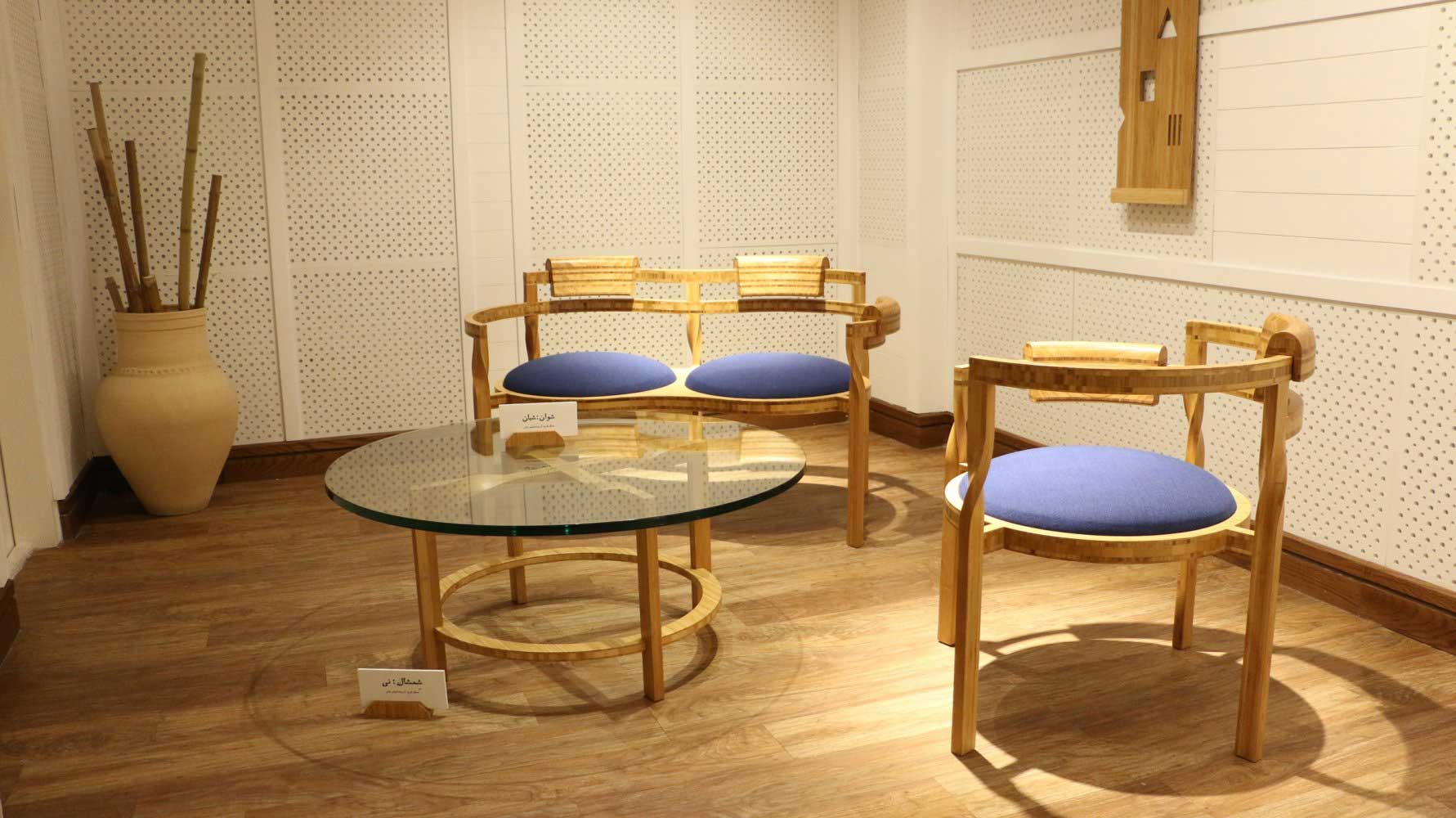
Project Name: Heyran chair & Showan armchair \ Company: Architect -B- Design
Lead Architects: Bijan Shafei, Nahid Beryani
Design Team: Arsine Keshishians, Maryam Badiei
Photographer: Mehrdad Daftari
Website: www.7avadesign.com
Instagram: @Architect_B_design
in the ancient civilizations of Iran, the chair has always had a special place and meaning. Probably the most telling image is the sculptural scene in the Museum of Ancient Iran, in which the king Darius leans on a royal chair and rests his feet on a wooden stool. In this engraving, the full details of the chair and the stool can be seen and studied. The production of chairs and furniture in the era of change and in the contemporary era based on visual documents dates back to about 150 years ago based on visual documents. Armenian carpenters in Jolfa made chairs, tables and sofas from walnut and sycamore wood.
At the beginning of the 20th century, the presence of an architect for designing a building led some architects, including Paul Abkar, to pay special attention to the subject of interior architecture and furniture design, and to design some chairs in their works. In addition to making wooden doors and windows, artistically-inclined carpenters were responsible for making all kinds of furniture for a new life style that was recently introduced. Later, manufacturers and craftsmen made furniture based on the patterns of classic and modern chairs that were imported into the country, but in the process of their production, they paid less attention to the subject of “chair design” and even in educational and academic environments this was not studied.
Bijan Shafei is an architect who is not content with mere creativity in the field of architecture. Two decades ago, in a creative process, he pursued his innovations in interior architecture and furniture design. 8 years ago, using the properties of bamboo with its endless possibilities, Shafei paid special attention to sensory, psychological, ergonomic, aesthetic factors and sustainable architecture. It was in the designers’ salon of “Maison&Object Paris” that he turned his thoughts and dreams into new experiences and marked a new beginning in furniture design in Iran by designing his own chairs.
The architectural office of Bijan Shafei and Nahid Beryani, which has 27 years of activity in the field of architecture and interior architecture, has designed and produced various types of furniture and interior spaces for the requirements of office projects. During past eight years they have done extensive research in the field of furniture on “engineered bamboo” and has made bamboo the main material for the design and production of furniture to adapt to the environment and the greenness of the product. in East Asian contries Bamboo has been used in the traditional way in the field of furniture in East Asian countries, but “engineered bamboo” due to its resistence and flexibility has played a special role in the production of various wood products. It is hoped that the window that these designers have opened in this field will be supported and evaluated by cultural, artistic and educational institutions.



